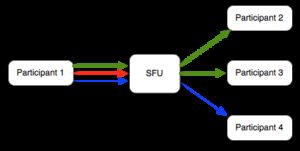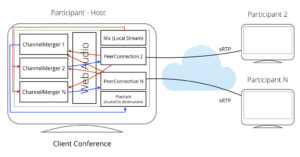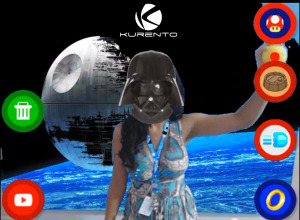I am working on a personal Chrome Extension project where I need a way to convert a video file – like your standard mp4 – into a media stream, all within the browser. Adding a file as a src to a Video Element is easy enough. How hard could it be to convert a video […]
MCU
Optimizing video quality using Simulcast (Oscar Divorra)
Dealing with multi-party video infrastructure can be pretty daunting. The good news is the technology, products, and standards to enable economical multiparty video in WebRTC has matured quite a bit in the past few years. One of the key underlying technologies enabling some of this change is called simulcast. Simulcast has been an occasional sub-topic […]
Your Browser as a Audio Conference Server with WebRTC & Web Audio (Alexey Aylarov)
Conference calling is a multi-billion dollar industry that is mostly powered by expensive, high-powered conferencing servers. Now you can replicate much of this functionality for free with a modern browser using the combination of WebRTC and WebAudio. Like with video, multi-party audio can utilize a few architectures: Full mesh – each client sends their audio […]
Kurento.org: WebRTC, Computer Vision, Augmented Reality, Awesome (Luis López Fernández)
Sending real time communications from point A to point B? That functionality is relatively easy with WebRTC. Processing the media in real time to do something cool with it? That is an area I find a lot more interesting, but it is a lot tougher to do. When I was building my Motion Detecting Baby Monitor project, […]
WebRTC beyond one-to-one communication (Gustavo Garcia Bernardo)
WebRTC and its peer-to-peer capabilities are great for one-to-one communications. However, when I discuss with customers use cases and services that go beyond one-to-one, namely one-to-many or many-to-many, the question arises: “OK, but what architecture shall I use for this?”. Some service providers want to reuse the multicast support they have in their networks (we […]





